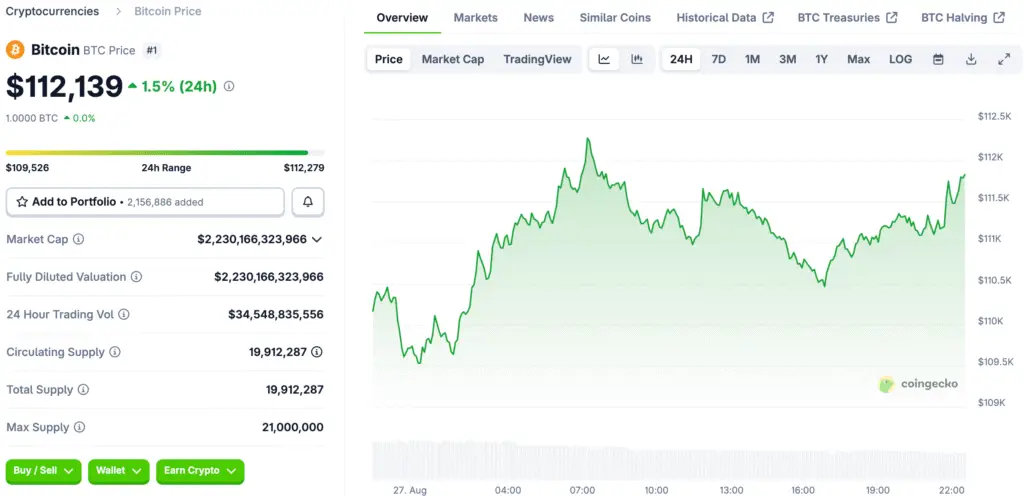The Cyclical Nature of Bitcoin’s Price
It has become clear to most investors, especially those who have weathered a few crypto winters, that Bitcoin operates within distinct, approximately four-year cycles. These cycles are characterized by periods of rapid exponential growth, followed by sharp declines and prolonged consolidation phases. For a long time, many believed that Bitcoin would never fall below its previous cycle’s all-time high. This pattern held true in 2011, 2014, and 2018.
However, in 2022, due to the cascading effects of the FTX collapse, the price of Bitcoin plunged to $15,000, falling below the pivotal $20,000 mark that was briefly touched in late 2017. While many experts today argue that Bitcoin has matured and is entering a new phase of more stable growth, maintaining a skeptical and engineering-focused perspective suggests that these cycles, albeit with less intensity, are likely to continue for years. At the very least, from a risk management point of view, the possibility of a crypto winter cannot be ignored.

The 200-Week Moving Average as a Foundation of Support
A key tool used to analyze these cycles is the 200-week moving average. This robust metric is a concept popularized by Adam Back and has historically provided a reliable foundation of support for Bitcoin’s price during downturns. The chart below illustrates this point, showing how the average has served as an excellent support level for price declines in past cycles.
The red line in the chart represents the percentage difference between Bitcoin’s price and this average, following the idea that the 200-week average acts as a sort of resistance, a floor for the maximum expected drawdown during a crypto winter. An astute observer would note that the time it takes to move from the cycle’s peak to its bottom allows the average to continue growing, which could cause this ratio to overestimate potential losses. However, the model remains a powerful tool for establishing a long-term price floor.
A Deeper Look into the 2022 Crypto Winter
The crypto winter of 2022 was a unique case that challenged the historical precedent of the 200-week moving average. Due to the systemic collapse of major players like FTX, prices fell more than expected. This event serves as a crucial reminder that while historical models are powerful, they can be disrupted by black swan events and external market forces.
The fact that Bitcoin’s price broke below the average in this instance highlights the importance of incorporating these external factors into any predictive model. It also underscores the need for a more dynamic and adaptive approach to forecasting, one that accounts for the potential for unforeseen market shocks.
Using Monte Carlo for Bitcoin Forecasting
To estimate where the 200-week average will be toward the end of 2026, the projected end of the next potential crypto winter, Diaman Partners’ research department used a Monte Carlo simulation. This powerful computational technique estimates both the probability of a historical series being at a certain price and a range of values for the 200-week average when the price is most likely to find support.
The simulation model used decreasing returns and volatility, following power law functions on annualized returns on 200-week rolling windows. This precaution is necessary because the technical structure of Bitcoin’s returns and volatility has decreased significantly over the years. The larger an asset becomes in capitalization, the more energy is needed to move it, which naturally leads to a decrease in average annual returns and volatility over time.
Projecting a Future Price Floor
From the 1,000 random historical series created by the Monte Carlo simulation, the results indicate a fascinating range for the next cycle’s bottom. The simulation suggests that there is only a 5% probability of Bitcoin’s value falling below $41,000 by December 2026. Taking the 5th percentile, the target price for the end of a crypto winter would be around $60,000.
If, however, Bitcoin were to continue its strong growth in the coming months before a subsequent decline, the support value for the cycle low could be over $80,000. To arrive at this scenario, the simulation identified a series representing strong growth followed by a significant decline until late 2026. This range of $60,000 to $80,000 provides a data-driven estimate for a potential bottom.
The Plausibility of Declining Drawdowns
The model’s projections are based on the historical trend of declining drawdowns in each successive cycle. The drawdowns in previous cycles have been -91%, -82%, -81%, and -75%, respectively. The model suggests that expecting a -69% drawdown in the next cycle is plausible. If we reverse engineer from a potential bottom of $80,000 in 2026, the chart indicates what the maximum loss could be based on the peak Bitcoin reaches in the coming months.
This trend of declining volatility is a natural part of a maturing asset class. It suggests that while the cycles will likely continue, their intensity may decrease over time, making Bitcoin a more stable investment.
Estimating the Next Bitcoin Bottom
This study represents a compelling intellectual effort to estimate a potential, but uncertain, future for Bitcoin. By using a sophisticated Monte Carlo simulation and a historically reliable indicator like the 200-week moving average, Diaman Partners has provided a data-driven range for the next cycle’s bottom.
The possibility of a $60,000 to $80,000 support level by the end of 2026 is a plausible outcome that accounts for both historical precedent and the asset’s increasing maturity. This analysis serves as a valuable reminder that while Bitcoin’s exponential growth may slow, its cyclical nature is likely to persist, and understanding these patterns is key to successful risk management.
Read More: Bitcoin Market Outflows and the Philippines Strategic Reserve















